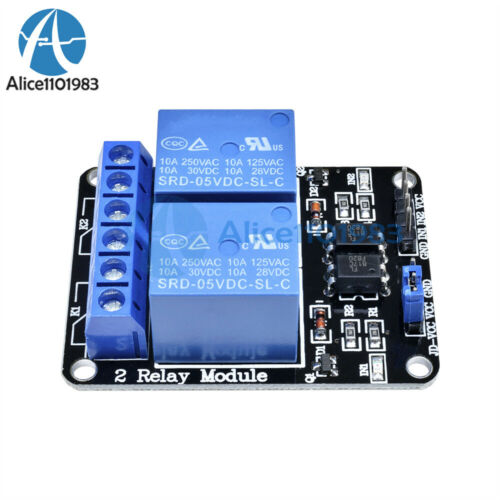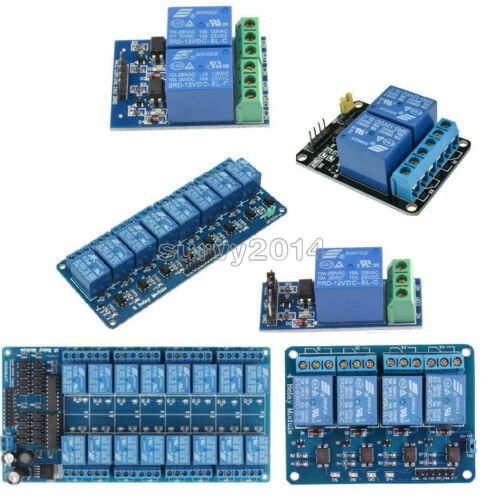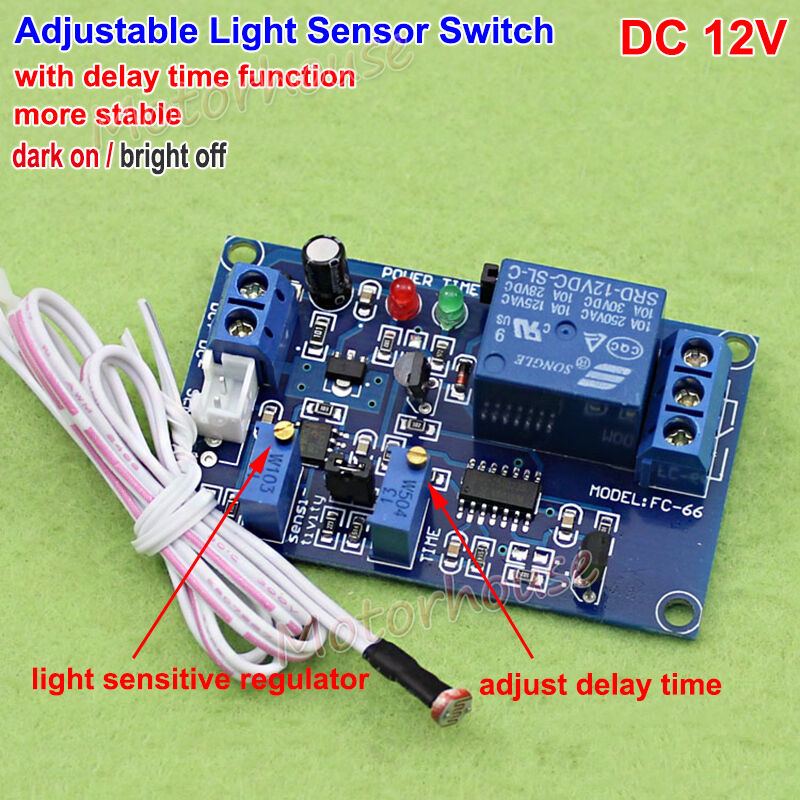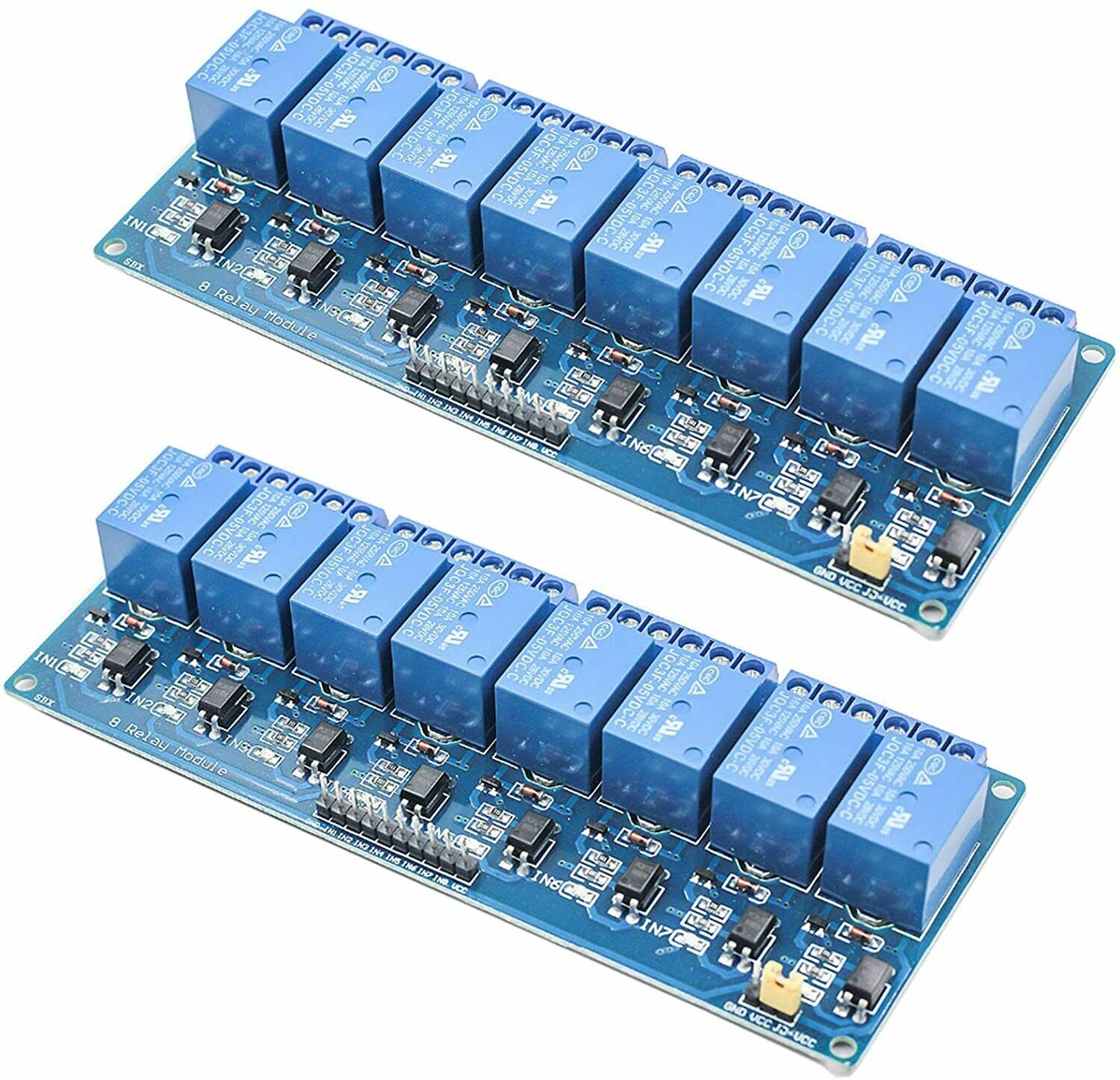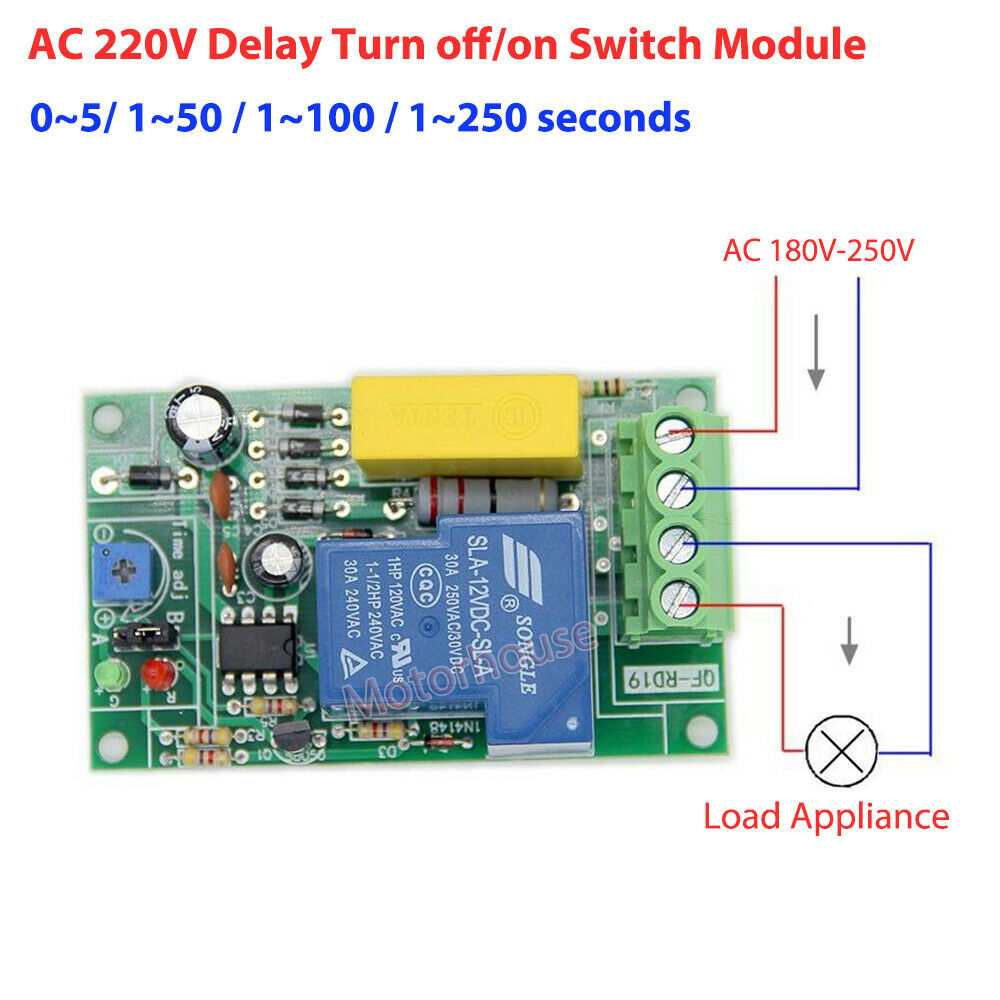-40%
30A 12V Relay Module Optocoupler Hi/Lo for Arduino, Micro, USA Shipping
$ 5.28
- Description
- Size Guide
Description
Free Shipping to USA, .67 to Canada.This listing is for a 30 Amp. 250VAC/30VDC single pole double throw optocoupled relay module that can be controlled by a high or low output from an Arduino or other micro controller. Trigger current is 3 milliamperes (mA) (connected across VREF and CH1) to hold the coil closed. If you are not familiar with these components read on.
One thing to be aware of is that the ratings printed on the relays are CCC ratings. The UL/CUL ratings are lower. The spec. sheet for the SLA series relays states NO: 20A/240VAC 28VDC NC: 10A/240VAC 28VDC (NO normally open NC normally closed)(UL is Underwriters
Laboratories
, cUL is
Underwriters Laboratories tested to Canadian standards).
This relay is designed so that the controller is electrically isolated from the relay power. All the controller has to do is illuminate the LED in the optocoupler. It also has the advantage of having screw terminals for all connections, no easily dislodged jumper connections.
An unusual feature of this module is the TLP290 photocoupler. It has two LEDs back to back so it doesn't matter which of the input connections is positive and which is negative. With 5V across the VREF and CH1 terminals an LED will illuminate and cause the relay to close.
The connections on the control side would be 12V DC from a power supply to DC+ and DC- and a digital high or low output from the controller (Arduino or other) to the CH1 terminal. If a high output is used to energize the relay then the VREF is connected to the controller GRD terminal, and if a low output from the controller will energize the relay the VREF is connected to VCC (+5V).
On the contact side the load can be connected to the normally open (NO) or normally closed (NC) connections.
The Arduino digital control pins can source an absolute maximum of 40 milliamperes (mA). And the VCC (positive voltage) and GRD (negative voltage) pins can source (positive voltage) or sink (negative voltage) 200 mA. So since 40 mA is not enough to operate most relay coils a transistor is often used to switch the current for the coil. In this case the transistor is controlled by an optocoupler. It is best to supply the relay coil power independent of the controller and that is what this relay is designed for.




